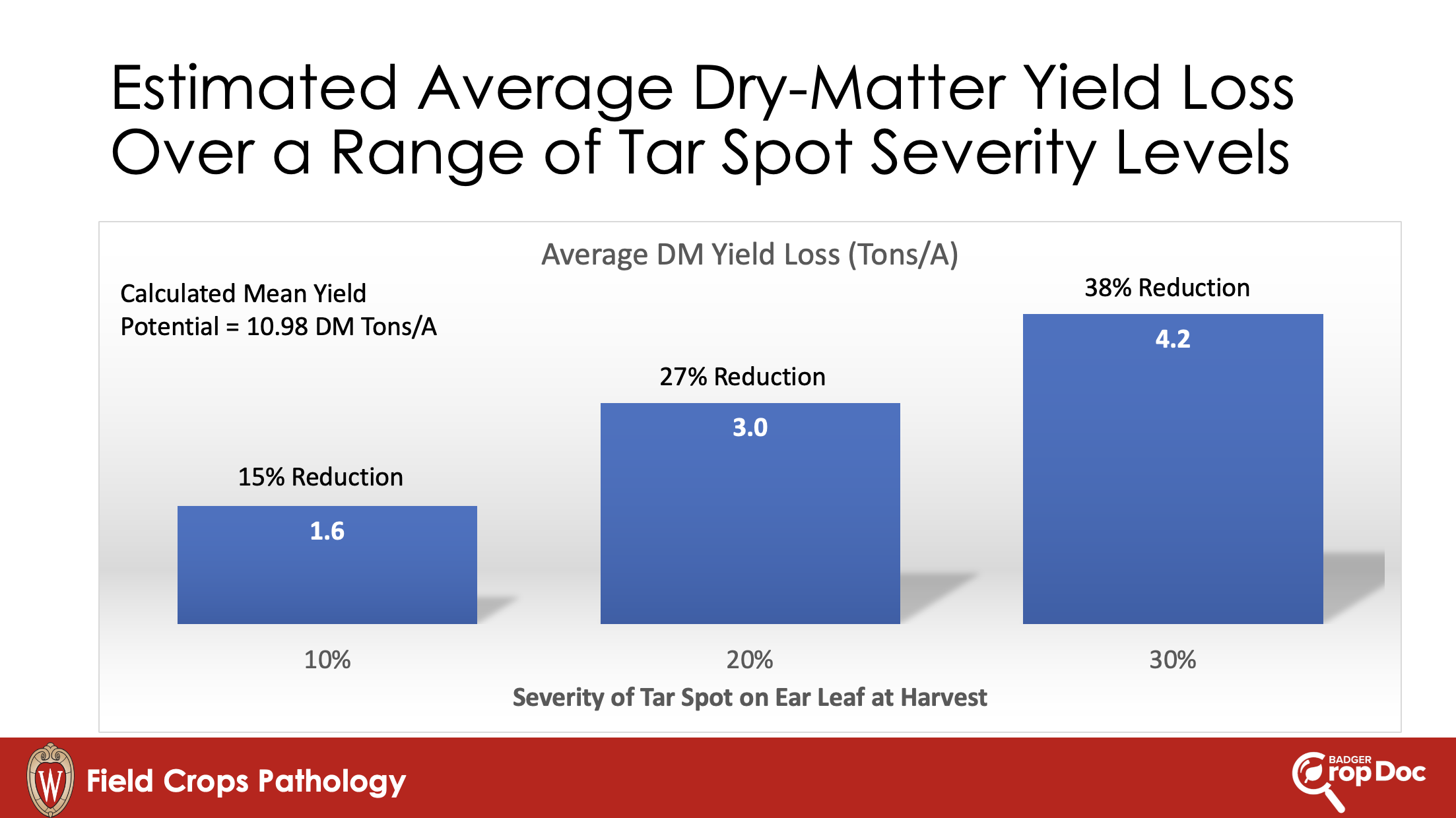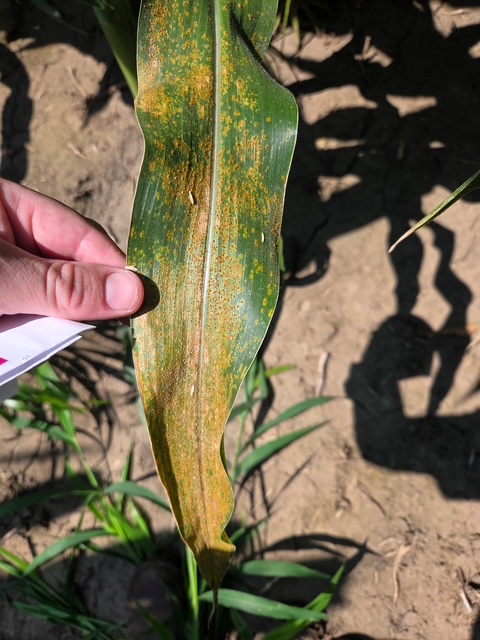Tatiane Severo Silva, Spyros Mourtzinis, Matthew Ruark, Fabiano Colet, and Shawn Conley
This multi-state study examined long-term agricultural trials across the U.S. to assess how management practices affect soil health and soybean yield. Researchers analyzed soil samples from 21 trials (4–50 years old) and modeled yield outcomes using data from 17 of those trials. Key findings showed that cover crops significantly improved soil health indicators such as mineralizable carbon and water-extractable organic carbon, while artificial drainage had no measurable impact. Soil organic carbon (SOC) and soil protein (ACE-N) were strongly linked to higher soybean yields, along with soil test potassium (STK) and geographic location (longitude). The study emphasizes that while seasonal management decisions influence immediate outcomes, long-term monitoring of soil carbon and nitrogen is essential for sustaining soil health and achieving consistent, high yields.
In a bean pod
- Fields with cover crops had greater mineralizable carbon (Min-C) and water-extractable organic carbon (WEOC) than no cover crop.
- Artificial drainage was not associated with changes in soil health parameters.
- The soil health parameters, soil organic carbon (SOC) and soil protein (ACE-N), were associated with soybean yield.
- Longitude and soil test potassium (STK) also influenced soybean yield.
- Monitoring soil carbon and nitrogen pools helps to sustain soil health and supports smarter decisions for higher, more consistent soybean yields.
For more information please see the full Extension document linked here: Healthy Soil, Happy Soybeans: Insights from Multi-State Research






